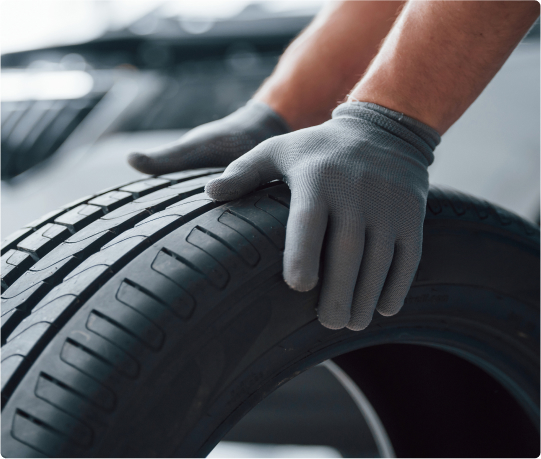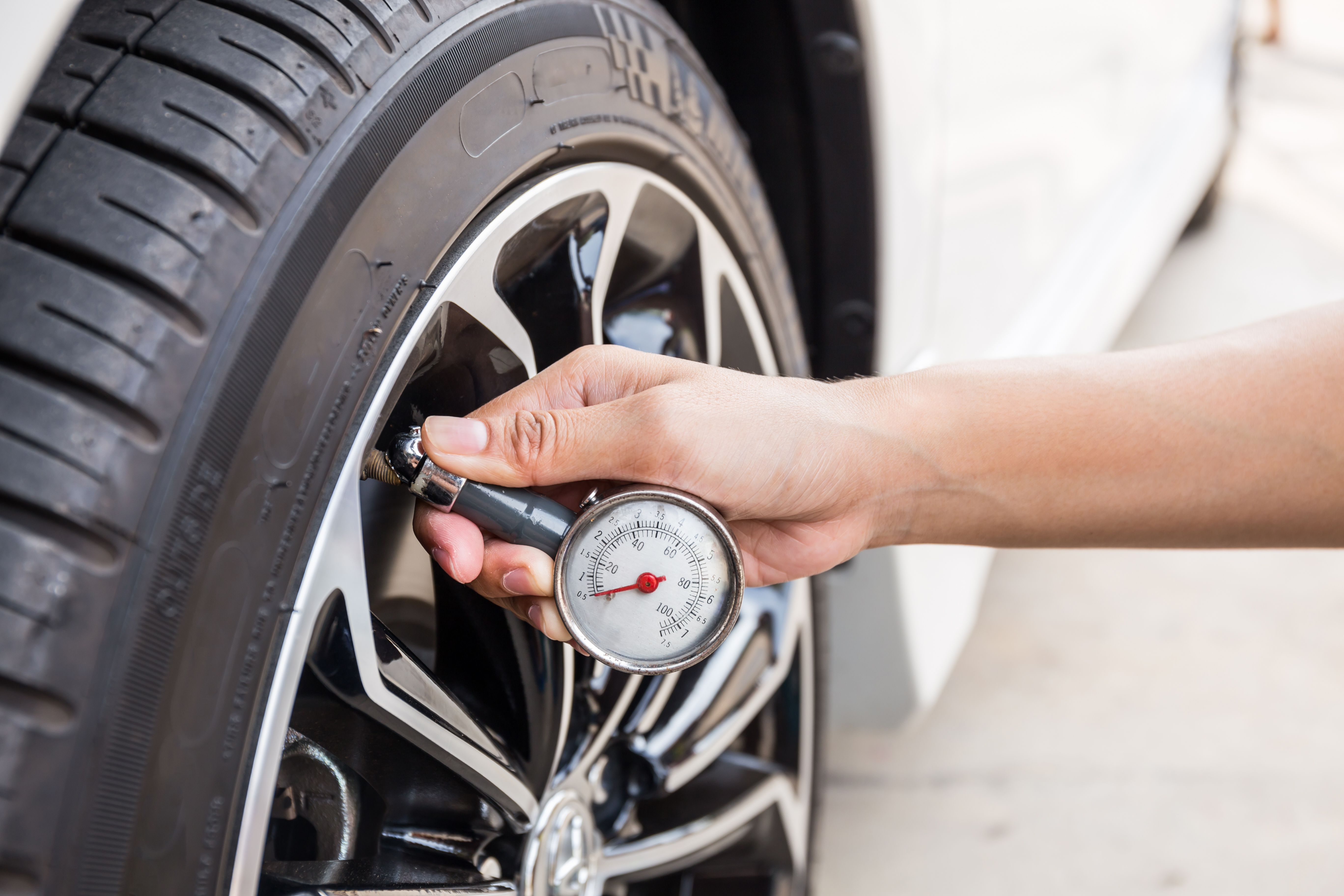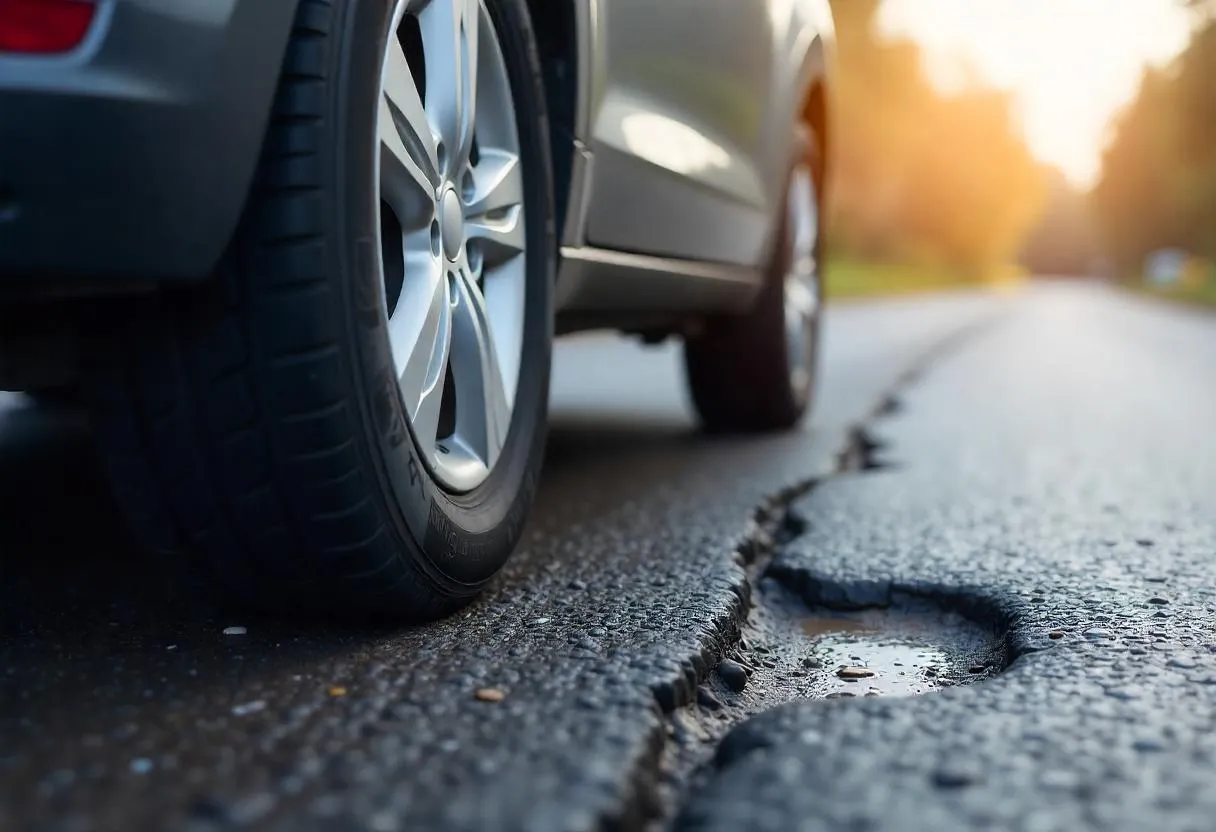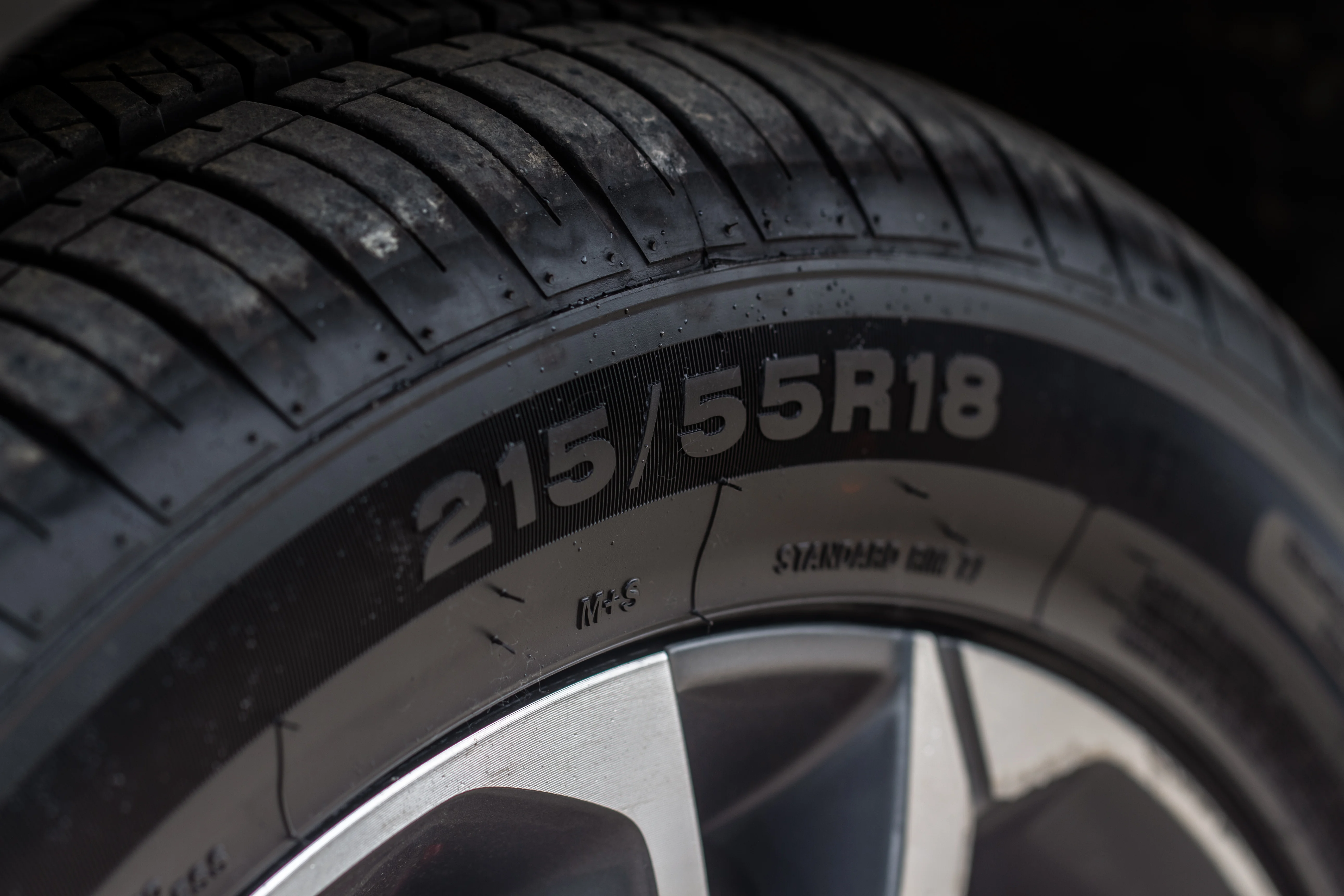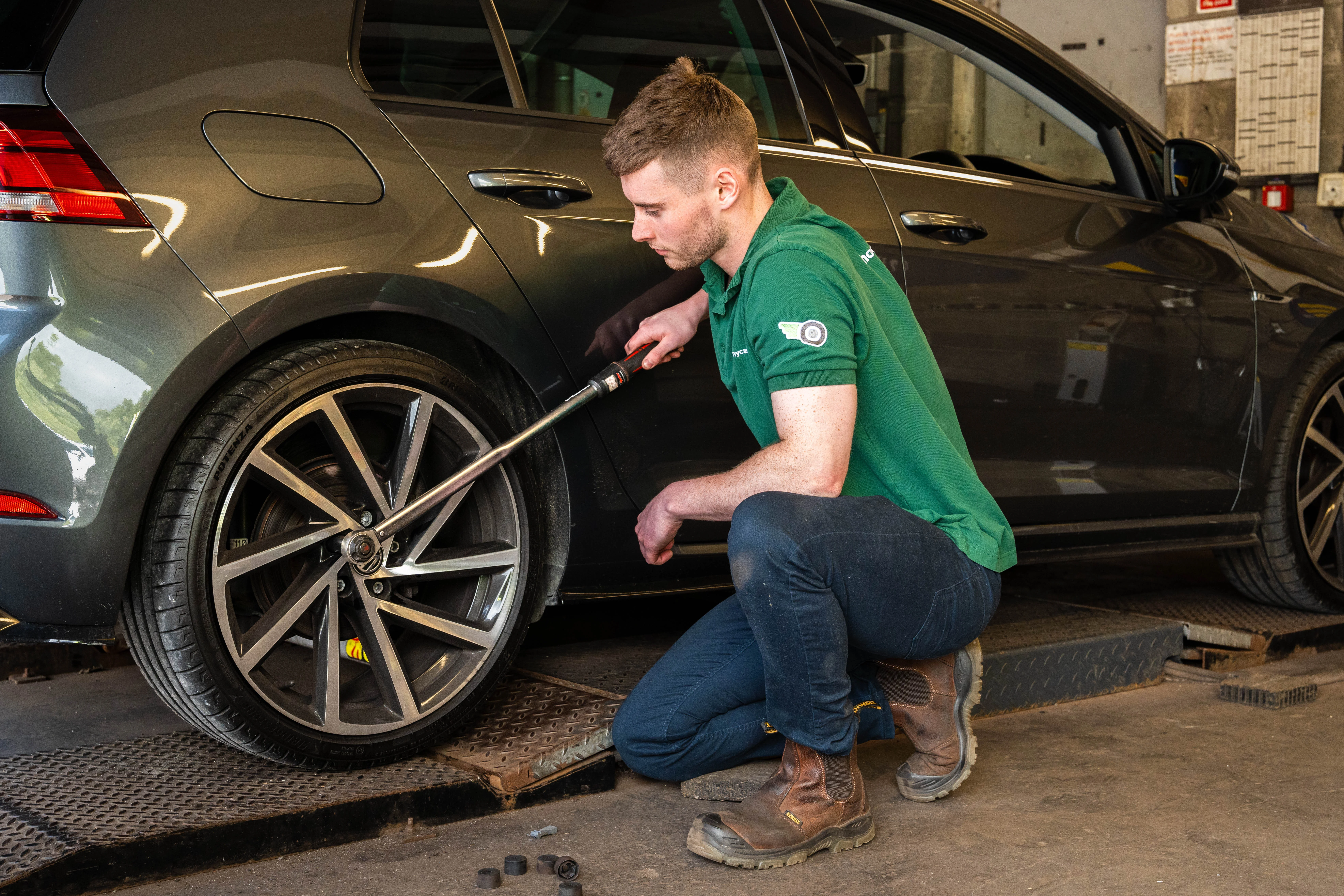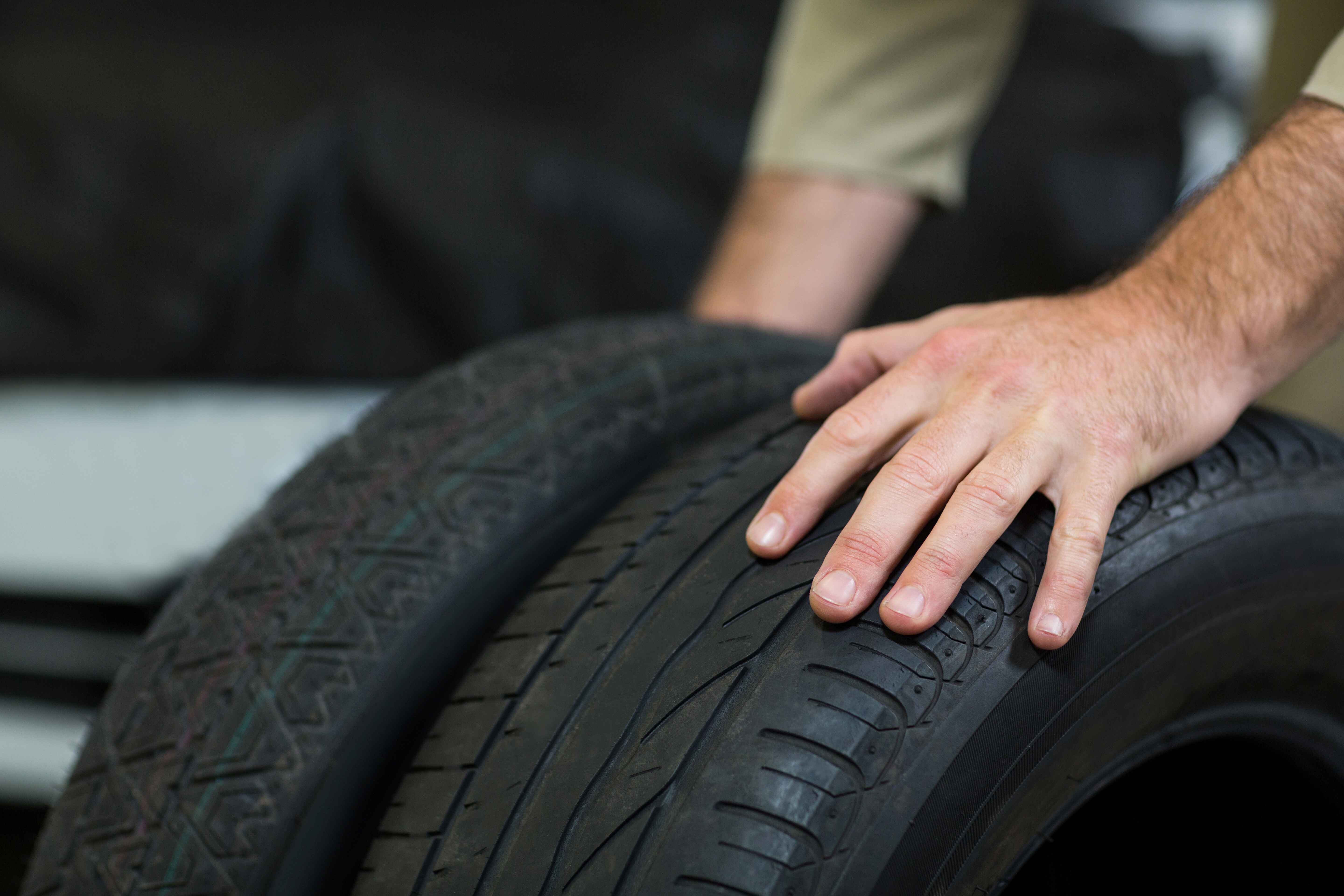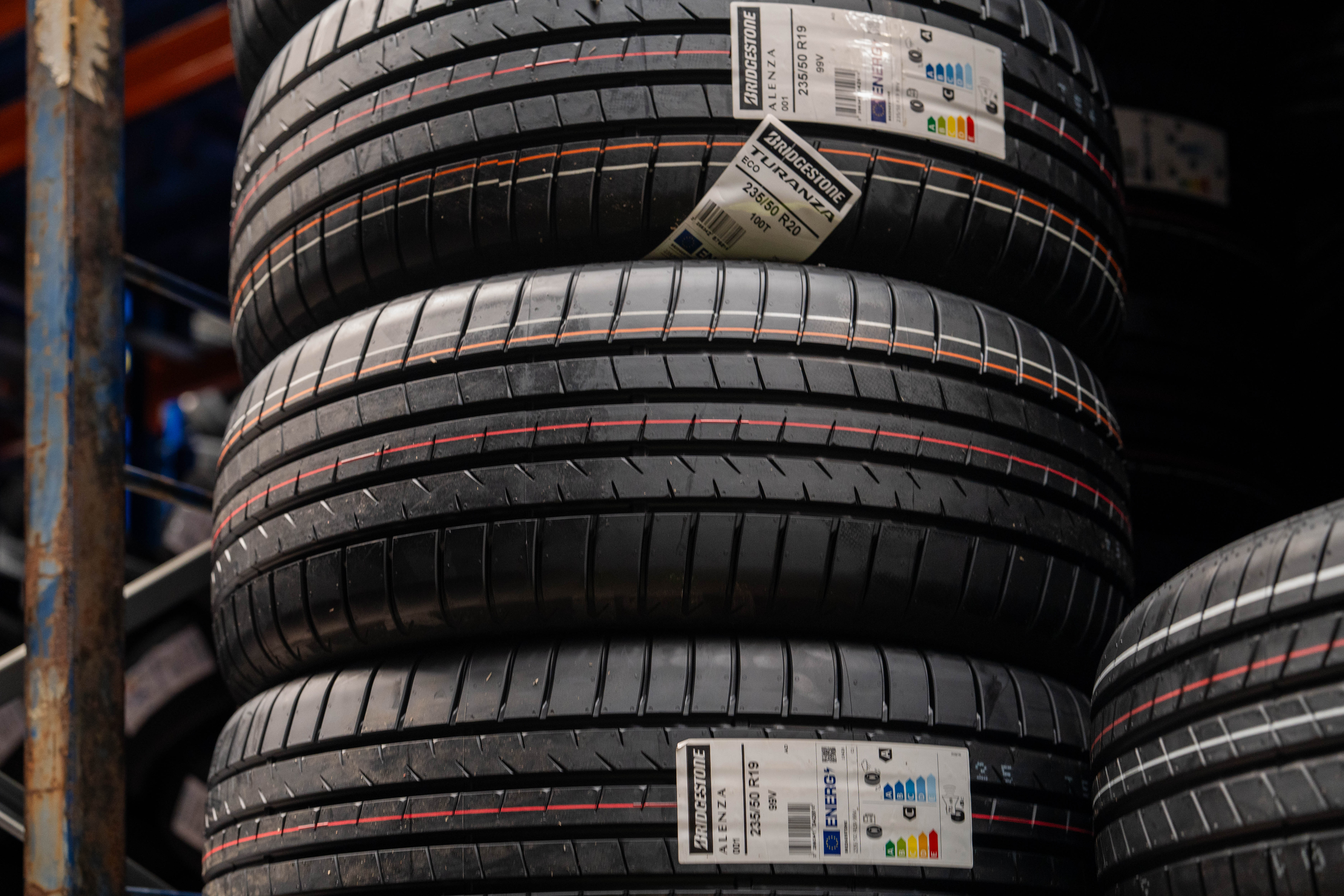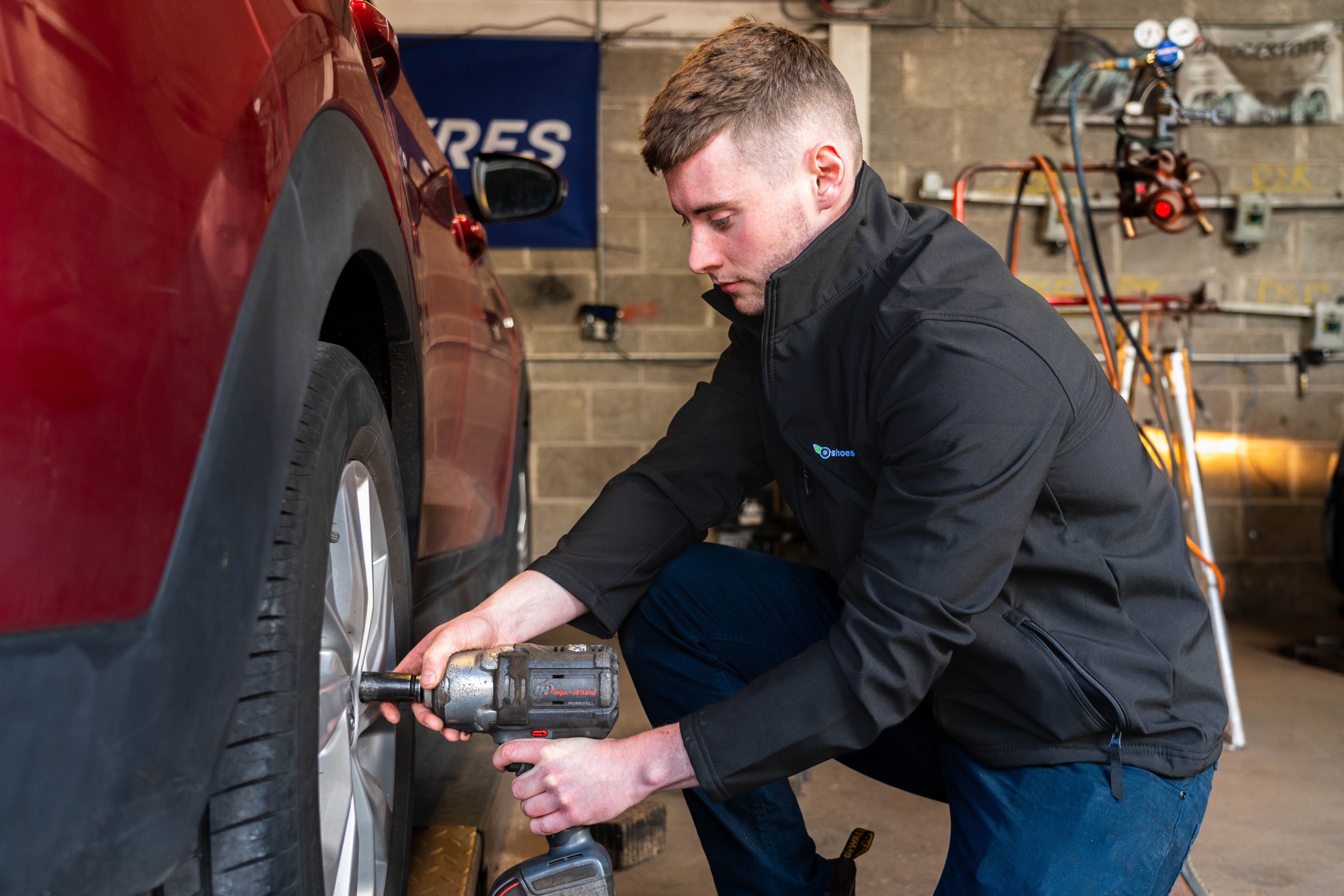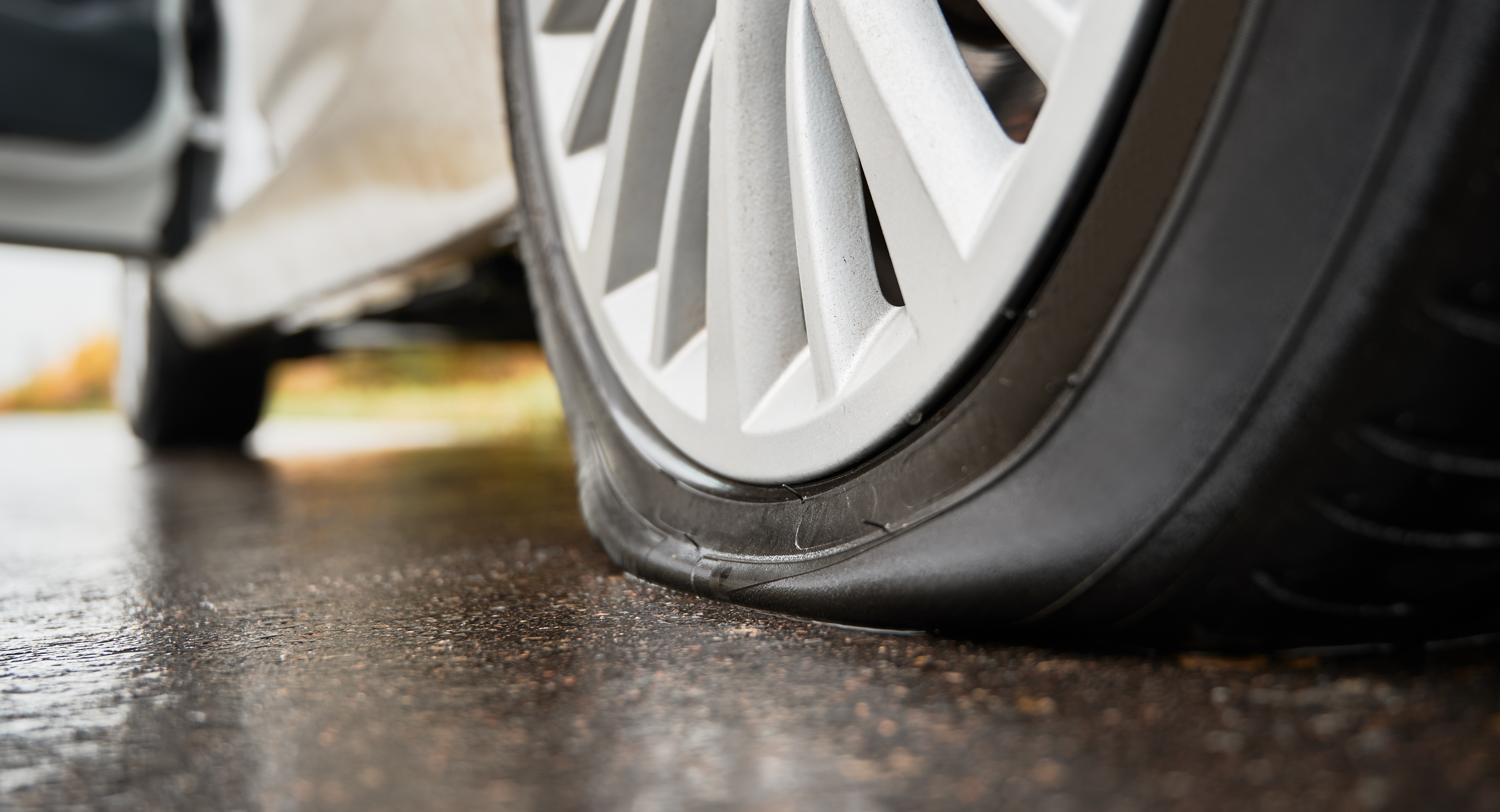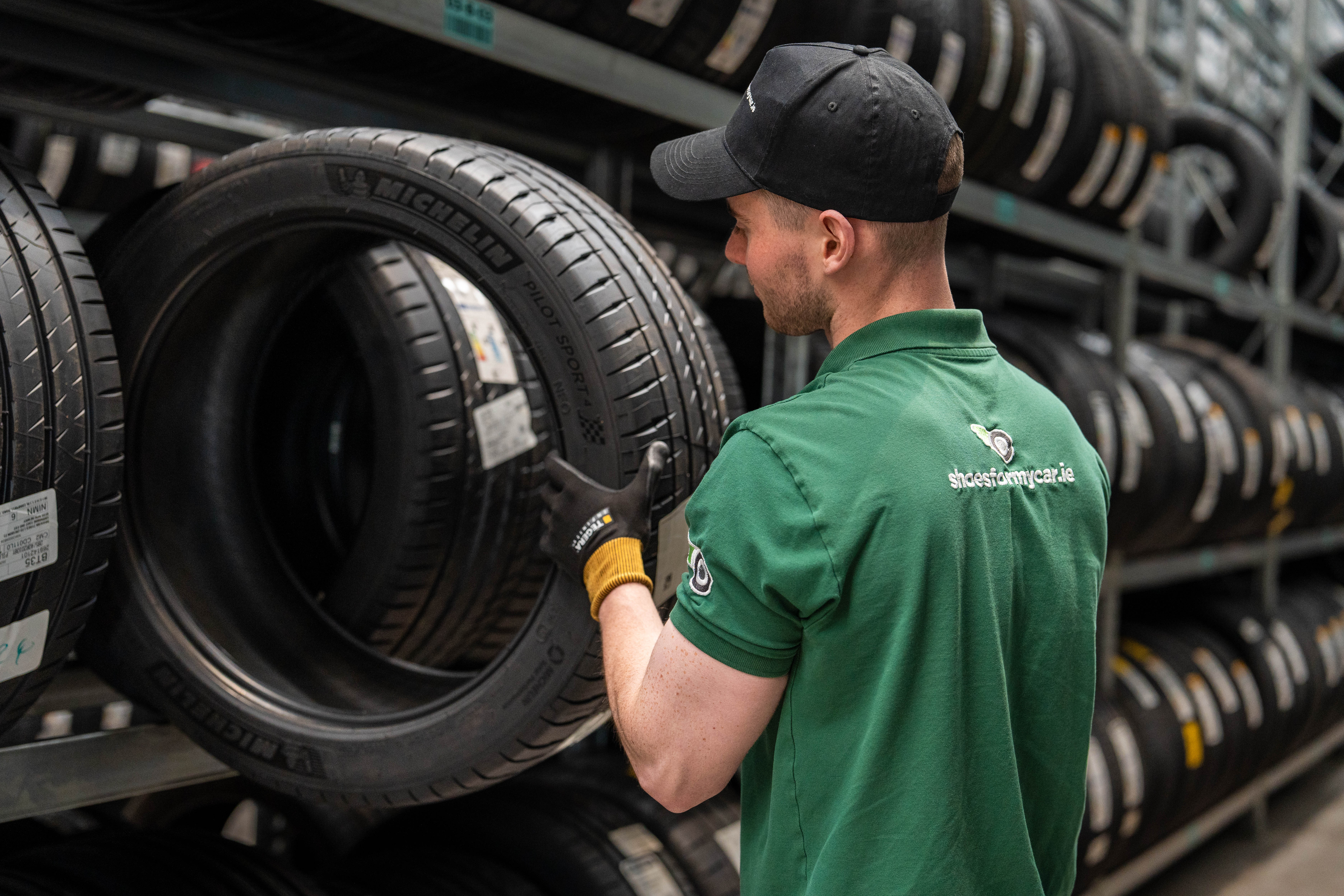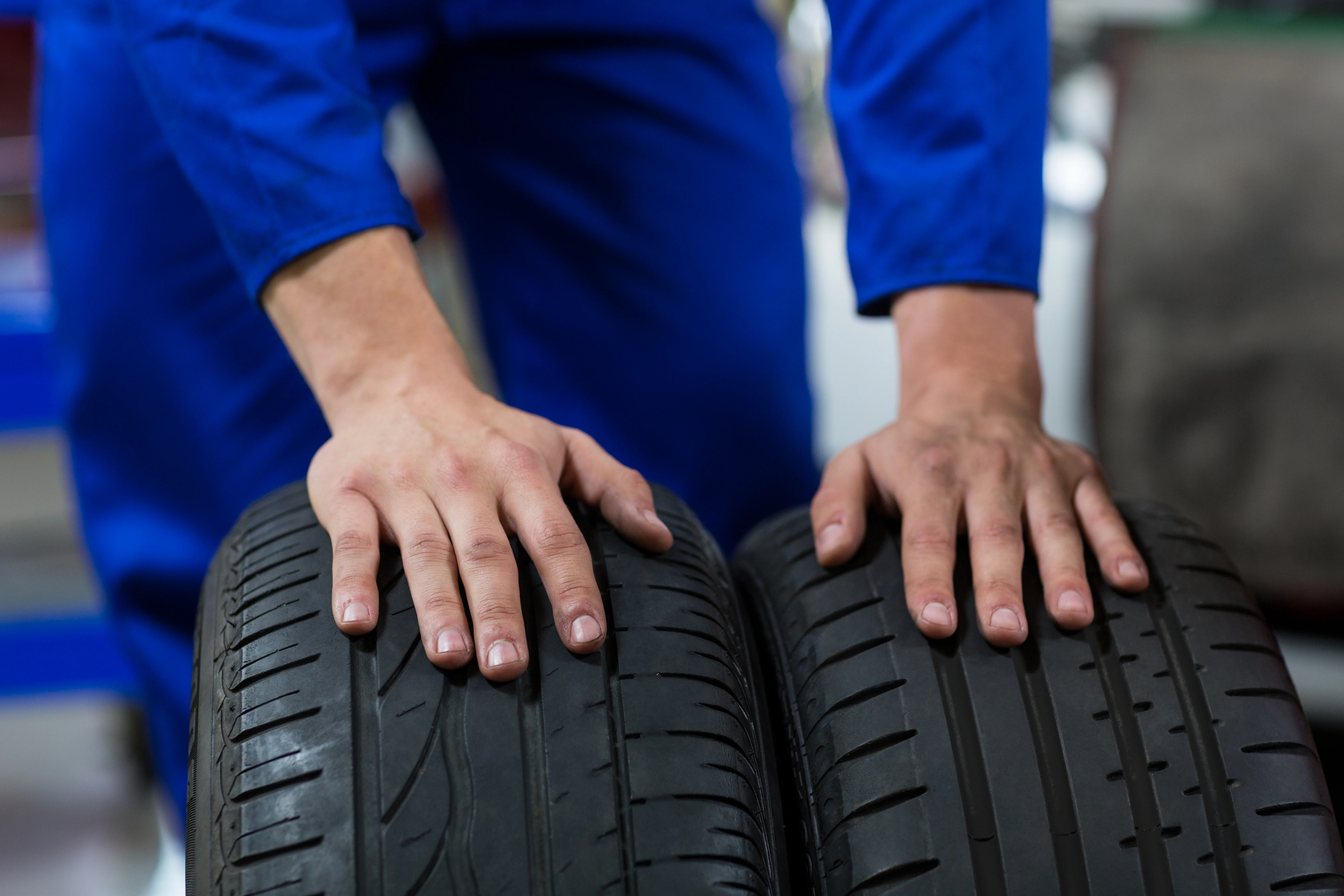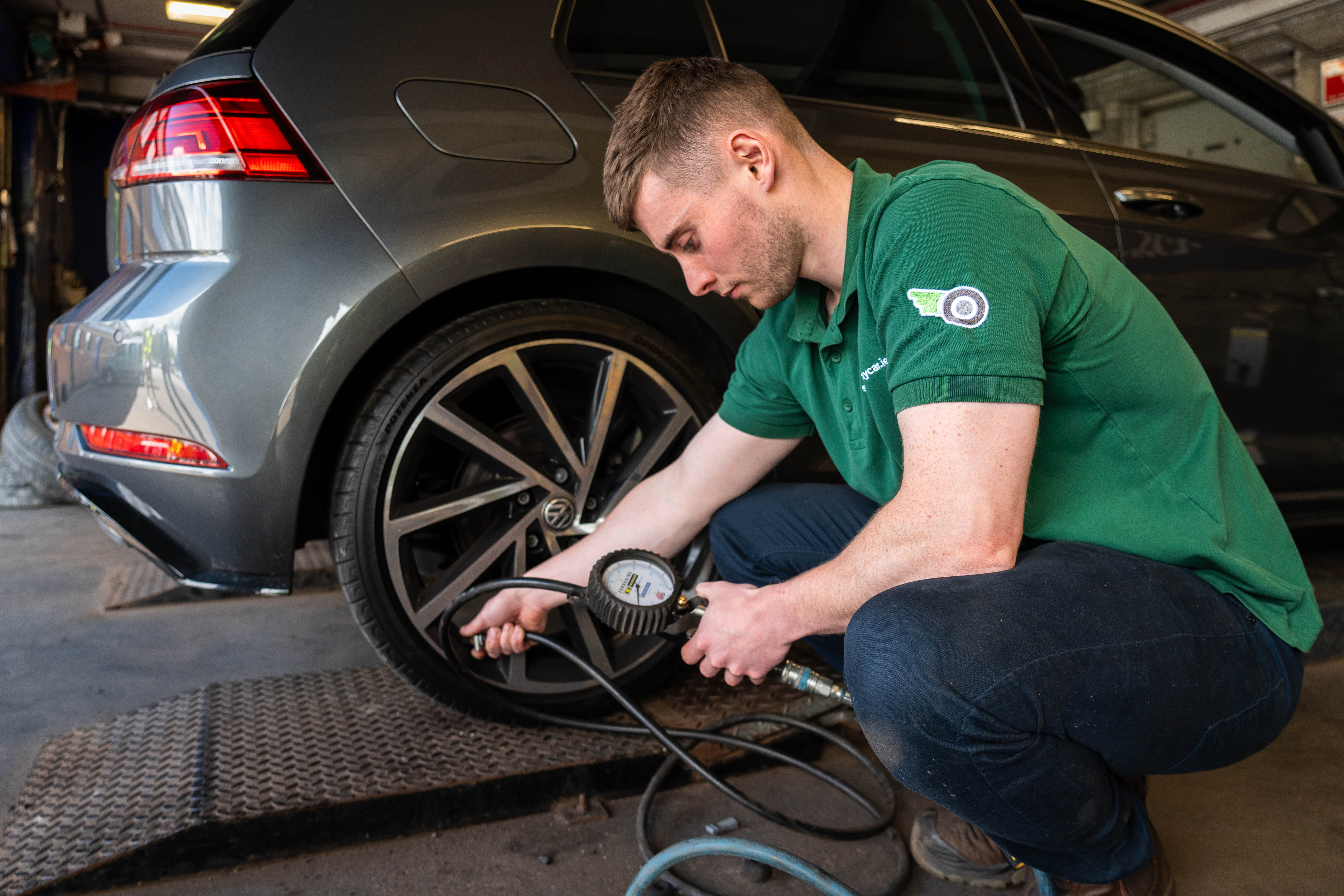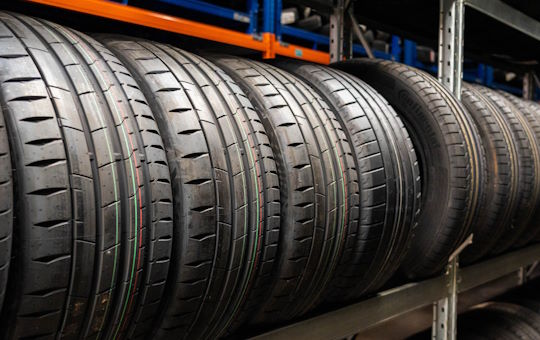Tyre pressure is critical to vehicle safety, affecting stability, handling, and fuel efficiency. Ensuring your tyres are properly inflated is crucial no matter where you drive. But how can you monitor this efficiently? Enter the Tyre Pressure Monitoring System (TPMS), an advanced technology that provides real-time y pressure data. This guide will explore TPMS, its importance, how it works, and why every vehicle should have it.
What is TPMS?
A Tyre Pressure Monitoring System (TPMS) is a sensor-based technology designed to monitor the air pressure in your vehicle's tyres. When the tyre pressure drops below the recommended level, TPMS alerts the driver, preventing dangerous situations caused by underinflated tyres.
Why is TPMS Important?
Having a properly functioning TPMS is crucial for vehicle safety and performance. Here's why:
- Improves Safety: TPMS warns drivers about low tyre pressure, helping to avoid blowouts or accidents caused by underinflated tyres.
- Enhances Handling & Stability: Properly inflated tyres ensure optimal handling and stability, especially in wet or slippery conditions.
- Better Braking Performance: Well-inflated tyres improve the vehicle's braking distance, reducing the risk of accidents.
- Fuel Efficiency: Correct tyre pressure boosts fuel economy by improving rolling resistance, thus saving on fuel costs.
- Tyre Longevity: Maintaining proper pressure reduces tyre wear, helping tyres last longer.
Underinflated tyres cause issues such as reduced fuel economy, faster wear, and potentially dangerous blowouts. TPMS helps mitigate these risks by alerting you when your tyre pressure needs attention.
Learn more: How to Check Tyre Pressure
Types of TPMS
There are two main types of TPMS: Direct TPMS and Indirect TPMS.
Direct TPMS
Direct TPMS uses sensors installed inside the tyre or the valve stem to monitor tyre pressure. These sensors send real-time data to the car's onboard computer system. If the tyre pressure falls below the manufacturer's recommended level, the system triggers a warning light.
- Pros: Provides more accurate readings and quicker alerts.
- Cons: More expensive and may require sensor replacement over time.
Indirect TPMS
Indirect TPMS monitors the rotation speed of each wheel using the vehicle's ABS system. If one tyre rotates at a different speed due to underinflation, it triggers a warning.
- Pros: Less expensive and does not require physical sensors.
- Cons: It can be less accurate and can be affected by driving conditions or road surfaces.
How Does TPMS Work?
TPMS, or Tyre Pressure Monitoring System, is designed to alert drivers when their pressure is low, ensuring optimal tyre performance and vehicle safety. The system works by utilising sensors to monitor the air pressure in each tyre, sending data to the vehicle's onboard computer, which then provides real-time alerts to the driver. Depending on the type of TPMS system installed in the vehicle, the way the data is collected and the alerts are triggered may vary. Let's explore how both direct and indirect TPMS systems operate in more detail.
Direct TPMS
Direct TPMS uses individual sensors embedded in the valve stem or inside the tyre itself to monitor the air pressure constantly. These sensors work in real-time, transmitting data about the tyre pressure directly to the vehicle's onboard computer system.
If any tyre's pressure falls below the manufacturer-recommended level, the system quickly detects the drop and activates a dashboard warning light. This allows the driver to take immediate action, either by adding air to the tyres or scheduling a service.
The system typically provides precise pressure readings for each tyre, helping drivers maintain balance and even inflation across all four tyres. In some advanced systems, drivers may even see tyre-specific pressure information on the dashboard, allowing them to identify which tyre is underinflated.
The sensors are powered by small batteries and are designed to last for several years before needing replacement. Direct TPMS is known for its accuracy and efficiency in continuously monitoring tyre pressure, providing a more direct method of pressure regulation.
Indirect TPMS
Indirect TPMS operates differently by relying on the vehicle's existing Anti-lock Braking System (ABS) to monitor tyre pressure indirectly. Instead of using dedicated pressure sensors, the system tracks the rotation speed of each tyre.
Since underinflated tyres have a smaller radius and rotate more slowly than properly inflated ones, the ABS system can detect these differences in the wheel speed. If the system notices that one tyre is rotating slower than the others, it sends a signal to the car's onboard computer.
The computer then interprets this as a potential sign of underinflation and triggers a warning light on the dashboard, alerting the driver.
Because indirect TPMS is based on the rotational speed of the tyres rather than direct pressure readings, it can sometimes be less accurate than direct TPMS. Factors such as road conditions, tyre wear, and driving habits can also affect the system's ability to assess tyre pressure correctly.
While not as precise as direct TPMS, indirect TPMS can still provide valuable information and help prevent driving with underinflated tyres.
Find out what pressure your car tyres should be at.
Benefits of TPMS
Tyre Pressure Monitoring Systems (TPMS) offer a range of advantages that go beyond just monitoring tyre pressure. By providing real-time data about your tyre's condition, TPMS helps improve safety, save money, and prolong the life of your tyres. Here are the key benefits of having TPMS in your vehicle:
1. Improves Safety
Properly inflated tyres are critical for vehicle safety. When tyres are at the correct pressure, they enhance the vehicle's handling, braking, and stability. TPMS plays a crucial role in improving safety by alerting you when tyre pressure drops below the recommended level. This early warning helps prevent the risk of blowouts, skidding, or accidents caused by underinflated tyres. By ensuring your tyres are always properly inflated, TPMS helps keep you and your passengers safe on the road.
Read our top 10 tyre safety tips.
2. Saves Fuel
Maintaining the right tyre pressure doesn't just keep you safe; it also saves you money on fuel. Underinflated tyres create more rolling resistance, forcing the engine to work harder and consume more fuel. With TPMS, you can easily ensure your tyres are inflated to the optimal pressure, which can improve fuel efficiency by up to 3%. Over time, this can result in significant savings on fuel, making TPMS an eco-friendly and cost-effective feature for any vehicle.
3. Extends Tyre Life
Tyres that are underinflated or overinflated experience uneven wear, which can lead to a shorter lifespan and the need for premature replacement. TPMS helps you maintain the ideal tyre pressure, ensuring even wear across all tyres. This contributes to a longer tyre life, ultimately saving you money on tyre replacements. By monitoring tyre pressure in real-time, TPMS helps you protect your investment in quality tyres.
4. Reduces Maintenance Costs
One of the key advantages of TPMS is its ability to prevent costly repairs. By notifying you when your tyres are underinflated, the system helps avoid the damage that can occur from driving on low-pressure tyres, such as tyre blowouts or sidewall damage. Addressing low tyre pressure early can also prevent the need for frequent tyre replacements or other expensive maintenance issues, keeping your vehicle running smoothly and reducing overall maintenance costs.
How to Maintain TPMS
Proper maintenance of your Tyre Pressure Monitoring System (TPMS) is crucial for ensuring it continues to function effectively and provide accurate readings. Here are a few simple steps to keep your TPMS in top condition:
1. Check Tyre Pressure Regularly
While TPMS alerts you when the tyre pressure is low, it's still a good idea to manually check your tyre pressure at least once a month. Use a reliable tyre pressure gauge to ensure your tyres are inflated to the recommended levels. This will help prevent any issues before they arise and keep your system working efficiently.
2. Replace Sensors When Necessary
Direct TPMS sensors have a limited lifespan, typically ranging from 5 to 10 years, depending on usage and conditions. If you notice your TPMS warning light stays on even after inflating your tyres, or if your system stops providing accurate readings, it may be time to replace the sensors. Don't wait—replacing faulty sensors promptly ensures you'll continue to receive accurate tyre pressure information.
3. Keep Tyres Properly Inflated
Maintaining the correct tyre pressure is essential not just for the TPMS but for overall vehicle safety, fuel efficiency, and tyre longevity. Always ensure your tyres are inflated to the recommended PSI (pounds per square inch), especially before long trips. You can find the recommended PSI on the vehicle's door frame or in the owner's manual. Proper inflation also ensures the TPMS can accurately monitor and alert you to any changes in tyre pressure.
4. Reset the TPMS After Tyre Changes
If you replace or rotate your tyres, it's important to reset the TPMS to ensure it accurately monitors the pressure in the new tyres. After a tyre change, the system may need recalibration or resetting to match the new configuration. Refer to your vehicle's manual or consult a professional technician to reset the TPMS after any tyre-related maintenance.
By following these steps, you can ensure that your TPMS operates correctly, helping you maintain optimal tyre pressure for safety, fuel efficiency, and tyre longevity.
Quality Tyres from Shoes For My Car
The Tyre Pressure Monitoring System (TPMS) is a crucial component of modern vehicles, ensuring that tyres are always properly inflated for optimal safety, performance, and fuel efficiency. Whether your vehicle has direct or indirect TPMS, having a functional system is essential for safe driving. If your car doesn't have TPMS, consider installing it to avoid potential risks on the road.
Regular maintenance and monitoring of tyre pressure will not only improve your vehicle's safety and fuel efficiency but also extend the life of your tyres. Make sure your TPMS is in top condition to enjoy the full benefits of this important technology.
At Shoes For My Car, we offer a wide range of premium tyres that you can conveniently order online and have fitted locally. Our tyres are designed for durability, safety, and performance so you can drive with confidence. Get in touch with us today to find the perfect tyres for your vehicle!


